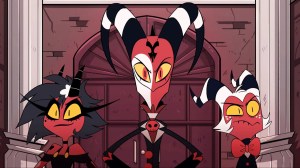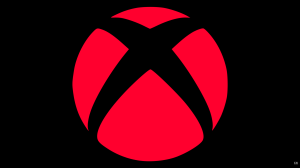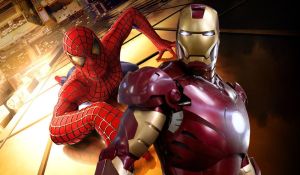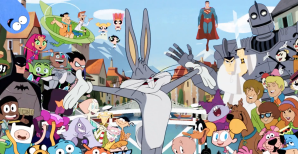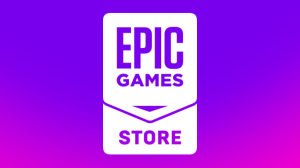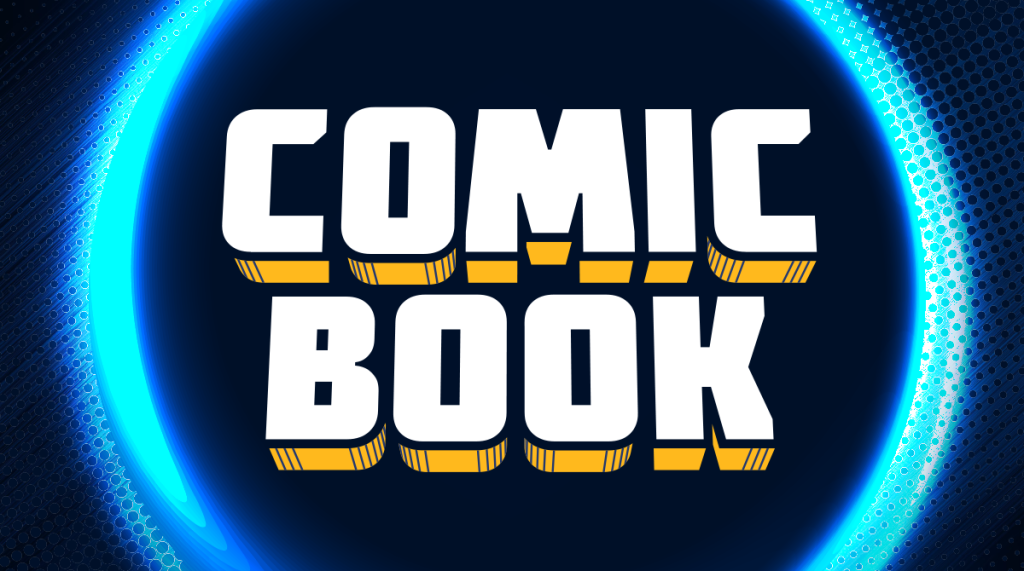
With members of the Watchmen Universe as well as Alan Moore’s American Best Comics line both joining up with the mainstream DC superhero universe, and custom imprints for creators like Gerard Way, Neil Gaiman, and Brian Michael Bendis already a reality, one has to wonder: how many little fiefdoms will DC Comics create in the near future?
Videos by ComicBook.com
And when they reach out to grab hold of something to make into its own custom imprint, what might they get their fingers around?
Well, we’ve got some ideas — stuff that either we would like to see, or we figure is an easy win.
Fawcett

With a movie on the horizon and no real idea yet whether or not that film “counts” as part of DC’s existing shared universe of big-budget blockbusters, Shazam! almost feels like the most obvious place to start here.
The difficulty, of course, is that the Marvel Family characters DC acquired when they got Fawcett Comics all have basically the same power, which makes a “shared universe” in the sense of something like Young Animal or WildStorm really difficult.
That said, characters like Bulletman and Bulletgirl, Spy-Smasher, and Captain Midnight could easily be rebooted as part of a space shared with the Big Red Cheese.
This would resolve one of the most consistent critiques of DC’s Shazam! stories — essentially, that the character works best when the tone and feeling of his stories are more escapist and juvenile, whereas ever since about the late ’60s, DC has been trying hard to be more naturalistic and realistic, appealing primarily to an ever-aging group of collector-fans who have little use for books that feel like they skew young and appeal to a sense of wonder.
The Multiversity

A big part of what got us thinking about all of this is the introduction of reality-hopping adventure hero Tom Strong into the DC Universe — and as we noted when we recently wrote about it, a trope of Tom Strong stories is that the character moves from world to world, with each taking on the tropes and personality of a storytelling genre.
Later, Grant Morrison would do something similar with his multiverse-hopping (and defining) series The Multiversity which, among other things, actually had a map of DC’s multiverse in it (giving us some ideas for later entries, we’re sure).
Rather than being tied down to a particular “world” to explore or a particular batch of supporting characters, Morrison was at one point intended to write a series of original graphic novels set within the multiverse he defined and branded as “Multiversity” stories. At the time, the idea seemed to be inspired by Earth One, although Morrison first mentioned it to ComicBook.com during an interview the same day DC announced its much-delayed Earth-M line.
Charlton/Watchmen

Given the reverence with which Geoff Johns and Gary Frank are handling Doomsday Clock, it seems unlikely that DC, headed by Johns, will launch headlong into a full-on publishing universe set in the world of the beloved Alan Moore/Dave Gibbons classic.
That said, Watchmen began as a Moore reimagining of the then-recently-acquired Charlton Comics superhero line. In the years since Watchmen, audiences have already seen The Question drift more toward a Randian, borderline-fascistic crimefighter in the Rorschach mold and a version of Captain Atom that artlessly stole from Doctor Manhattan.
Pushing the Charlton characters into their own pocket universe where they can, effectively, BE the Watchmen characters, possibly with the Marionette and the Mime (characters not created by Moore, but born on the Watchmen world) joining in the fun, feels like an obvious direction for DC to move.
The Kirby Future

The most fertile creative mind in comics history is that of the late, great Jack Kirby — and while nearly everything he did at Marvel turned to gold, his time at DC has not created the same kind of enduring legacy of mega-hits.
Still, some of his work — especially projects like OMAC and Kamandi — are widely regarded as overlooked classics that never properly got the chance to prove their worth in a fickle marketplace.
High-profile riffs on Brother Eye and OMAC have been persistent fixtures in the DC Universe for about a decade, with diminishing returns, but outside of a brief bit in Convergence, a more traditional, Kirby-inspired take on the property has not been seen in years. It might be worth looking at properties like these and the Atomic Knights.
The Fourth World

Yep — Jack Kirby again.
Kirby’s Fourth World cycle was at the time the most ambitious thing ever attempted by a single creator in mainstream American superhero comics.
An interconnected web of all-new titles and characters riffing on a larger-than-life mythology of gods and monsters, Kirby’s Fourth World is notoriously difficult for anybody but Kirby to really get their fingers around. Celebrated writer/artists like Walter Simonson and John Byrne have managed respectable runs on Fourth World titles — and obviously the current Mister Miracle by Tom King and Mitch Gerads draws accolades near-universally — but for the most part, no one has managed to improve upon what Kirby laid down in the ’70s.
So, yes. For forty years the New Gods have had limited success, and always in the hands of masters. Still, DC currently has as talented a stable of writers and artists working near the top of their game as they have in decades. If there was a time to roll the dice on a full-on relaunch for Kirby’s Fourth World, now would be the time.
The Dark Multiverse

A relatively new addition to the DC canon, the Dark Multiverse is where the Dark Knights — evil Batmen with the powers of the Justice League — come from in Dark Nights: Metal.
The fact that there are multiple worlds, introduced as an interconnected field and with ties to both a major DC event and the publishing line of DC’s “New Age of Heroes,” this feels like an area that’s rife to be explored.
TV Land

While DC has made quite a few comics based on popular other-media adaptations like Batman ’66, Smallville, and Injustice: Gods Among Us, there are some pretty notable holes in that lineup — and therein lies opportunity.
These are typically more like islands of their own rather than an interconnected universe, although certainly there could be crossover potential down the line.
Some of these things — a riff on the George Reeves Superman, the Christopher Reeve Superman, Tim Burton’s Batman — have been discussed by fans ever since the first Batman ’66 comics hit the stands.
Other possibilities are things like Lois & Clark Superman, or unproduced screenplays like Joss Whedon’s Wonder Woman or the Justice League: Mortal story.
Elseworlds

Like the idea of adapting the adaptations, these technically do not share a physical space that would allow them to coexist in a Young Animal-like space.
Still, a longer-form and possibly interconnected imprint for Elseworlds stories like Gotham by Gaslight, Kingdom Come, The Dark Knight Returns, and whatever other worlds DC might like to explore could be a fun spin on the DC superheroes, and either give the creators of best-sellers another chance to revisit the worlds they shaped or to oversee the works of others who think they have something to say in those worlds.
And it would give DC the opportunity to create bookstore-friendly collected editions that share titles with some of their most popular existing volumes.




